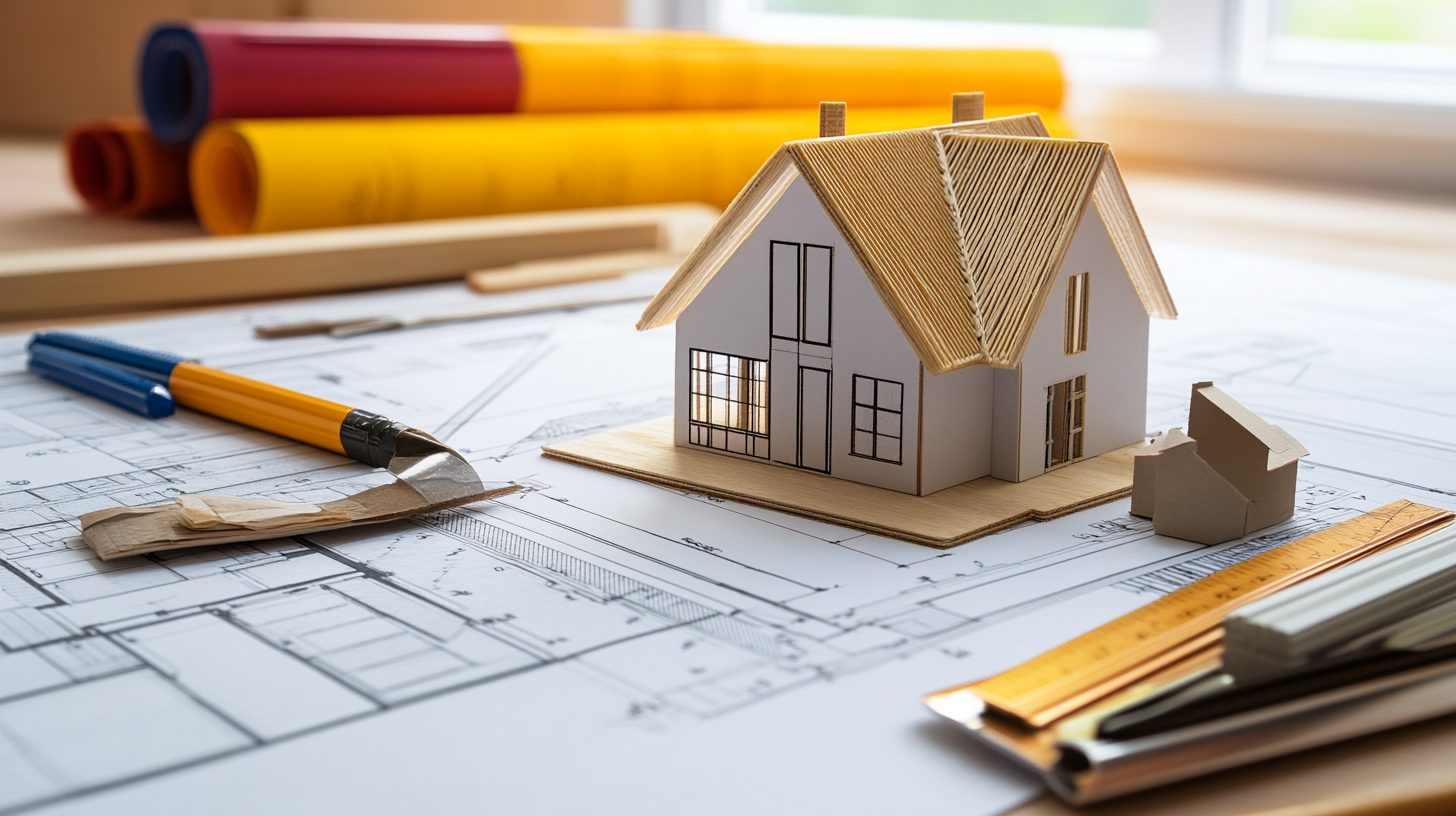What to Know Before Starting a Major Home Remodel
Embarking on a primary home remodel is an exciting opportunity to transform your living space. Still, it requires careful planning to avoid costly mistakes. Here’s a comprehensive guide with essential insights to help you navigate the process successfully.
Define Your Renovation Goals
Before you start tearing down walls, clarify your objectives. Are you remodeling to enhance your lifestyle, increase your home’s resale value, or both? Older homeowners often prioritize comfort, while younger homeowners focus on cost-effectiveness and return on investment.
- For example, adding a bathroom can boost resale value, but prioritizing timeless designs over fleeting trends can ensure your renovation stands the test of time.
Set a Realistic Budget
A solid financial plan is the backbone of any successful remodel. Start by determining how much you’re willing to spend, and include a contingency fund—experts recommend reserving 20% of your budget for unexpected costs like water damage or structural repairs. If finances are tight, explore options like a HELOC or a home improvement loan. Alternatively, you could scale back on expensive finishes or add sweat equity by handling small tasks.
Hire the Right Professionals
Choosing the right contractor can make or break your project. Obtaining at least three detailed bids and thoroughly researching reviews and credentials. Look for contractors who understand local building codes, as they’ll ensure your remodel complies with neighborhood bylaws and permitting requirements.
- Always demand a written contract detailing the scope of work, costs, and timeline.
Plan for Life During Renovation
Major remodels can be disruptive, so plan for temporary adjustments. Decide whether you’ll stay in your home or move to temporary accommodations. If you remain, create a “renovation-free zone” to escape the noise and dust.
- Be mindful of the timeline. Renovations often take longer than expected due to hidden issues like uneven floors or outdated wiring.
Consider Key Design Factors
Balancing style and functionality is critical to a successful remodel. Choose designs that enhance your home’s usability while increasing its value. For instance, opting for open-concept layouts or upgrading kitchens and bathrooms often yields a high return on investment.
- Avoid over-personalizing, as this can make it harder to sell later. If you plan to sell your home soon, focus on must-haves like structural improvements rather than decorative details.
Understand Selling Options
If your renovation aims to prepare your home for sale, weigh your options carefully. Selling a house as is might save time and money on repairs, but it often results in a lower sale price. This strategy appeals to buyers looking for projects but may deter those seeking move-in-ready homes.
- Alternatively, if you’re upgrading your home while planning to relocate, consider strategies for how to buy a house while selling your own. Bridging loans or lease-back agreements can smooth the transition and help avoid unnecessary stress.
Conclusion
A primary home remodel is a significant investment that can enhance your living experience and property value. By setting clear goals, planning your budget, hiring reputable professionals, and preparing for potential disruptions, you can avoid common pitfalls and achieve a successful transformation. Whether you’re remodeling for personal enjoyment or to attract buyers, informed decisions are key to a smoother process.







